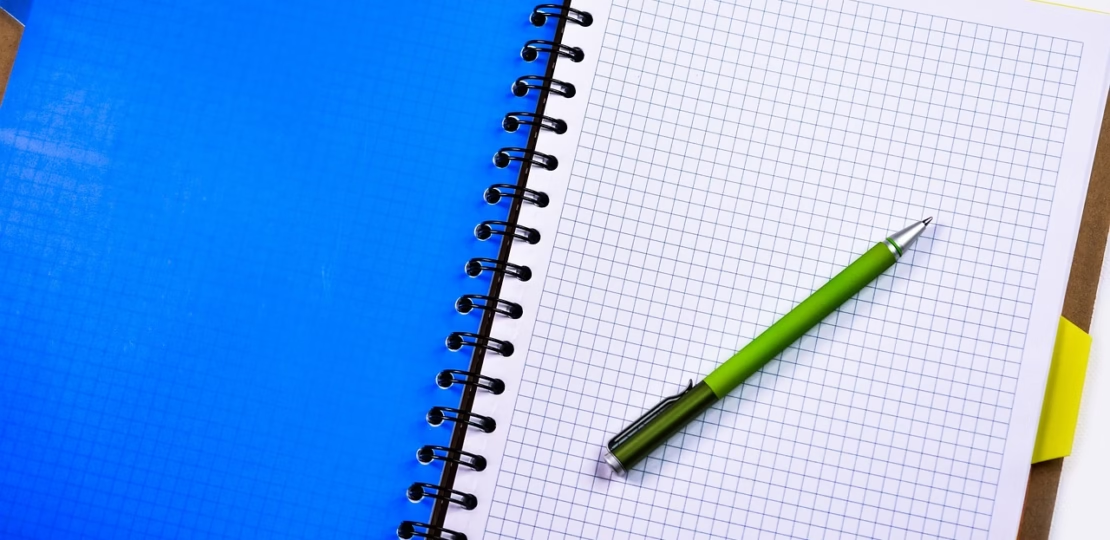New Study Shows Workplace AI Use Isn’t Hurting Employee Well
June 27, 2025 | by Ethan Rhodes

AI + Well-Being: Good News You Can Use Today
Let’s address the robot elephant in the room: the fear that artificial intelligence will not only steal our jobs but also torch our mental health along the way. I hear it every week from clients—“Ethan, if I lean into Gen-AI, am I just inviting burnout?” Spoiler alert: the latest data says nope. In fact, tapping AI tools might be one of the smartest mood-boosters you add to your workflow this year.
The Headline-Making Study in 60 Seconds
Researchers at the University of Pittsburgh just released a mega-analysis of two decades of German worker-panel data. Their verdict: AI exposure so far shows no statistically significant hit to job satisfaction or mental health. Even better, they spotted small—but real—gains in physical health for employees whose roles previously demanded more manual muscle.
“We find little evidence that AI adoption has undermined workers’ well-being on average. If anything, physical health seems to have improved.” — Giuntella et al., 2025
Across the pond, Gallup’s latest workplace pulse echoes the optimism: 60 % of AI-using professionals say the tech reduces stress by shaving off drudge work and clarifying priorities.
Why AI Might Actually Lift Your Mood
1. It Kills “Copy-Paste” Fatigue
AI models excel at monotonous, rules-based tasks—drafting first-pass reports, summarizing meetings, routing customer queries. Offloading that busywork frees up cognitive fuel for strategy, creativity, and people time, the very activities that research links to higher intrinsic motivation.
2. It Shrinks Physical Strain
Smart sensors and computer-vision tools now handle repetitive lifting, precision sorting, and quality checks. The Pitt study credits this shift with better self-rated physical health among lower-educated workers. When your body hurts less, your mood generally follows.
3. It Nudges Healthier Work Rhythms
Adaptive AI scheduling platforms analyze your focus patterns and suggest task blocks or micro-breaks. Early adopters report shorter average workweeks without sacrificing output—a key ingredient in long-term engagement.
The Catch: Tech Alone Isn’t a Silver Bullet
Before you declare mission accomplished, remember context matters. Studies show AI anxiety spikes when organizational support is low—translation: when leaders dump tools on teams without training or guardrails. A solid change-management plan flips the script from fear to empowerment.
Five Moves to Turn AI Into a Well-Being Ally
- Start with a 1-hour “Stress Audit.” List tasks that drain you vs. tasks that spark energy. Flag one low-joy, high-time activity AI could trim this week.
- Pair, Don’t Delegate. Use AI for a first draft, then add your unique flavor. This keeps you in the creative driver’s seat and wards off algorithmic blandness.
- Build “Prompt Templates.” Save go-to prompts for recurring tasks (think “summarize customer feedback and highlight emotion words”). It cuts mental switching costs dramatically.
- Schedule Screen-Free Buffer Zones. The best AIs never need breaks—you do. Anchor two 15-minute tech-off resets into your day to keep cognitive fatigue in check.
- Close the Feedback Loop. Track how much time or emotional load you actually save and share wins with your team. Celebrating momentum fuels continued adoption and morale.
Leader’s Corner: Make Support Visible
If you manage people, broadcast a clear AI game plan: why you’re adopting tools, how they serve the team, and the runway for upskilling. When workers see a roadmap—and know their jobs aren’t secretly on the chopping block—well-being scores climb.
The Bottom Line
Workplace AI isn’t the mental-health bogeyman many feared. Backed by fresh longitudinal data, the evidence tilts toward neutral—or modestly positive—effects on well-being when rolled out thoughtfully. So instead of worrying about becoming cyborg zombies, let’s channel that energy into designing smarter workflows that let humans do what we do best: connect, create, and grow.
I’m betting on a future where your calendar feels lighter, your work feels richer, and the robots happily handle the copy-paste chaos. Grab the wheel early, and you’ll drive that future instead of riding shotgun.

RELATED POSTS
View all



